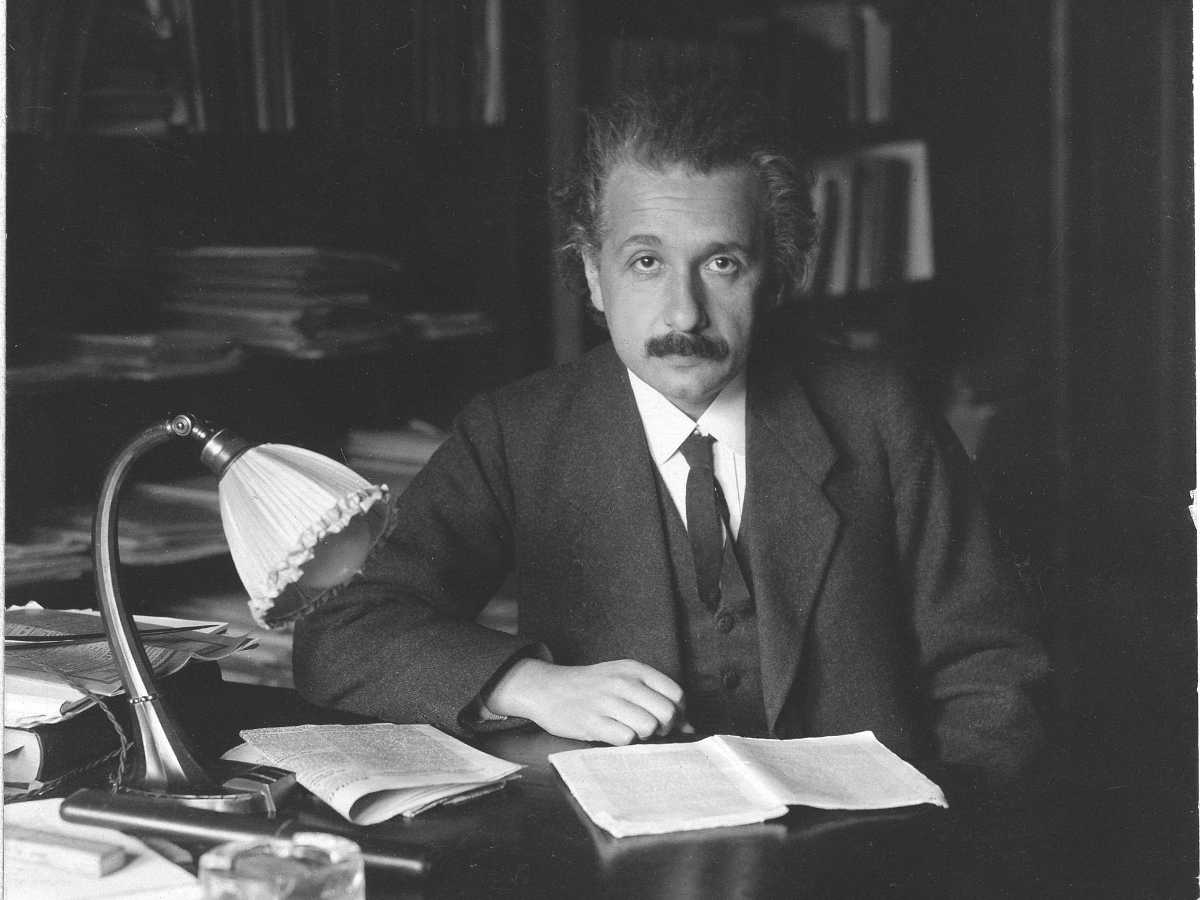You might say my watch is ten minutes slow or even completely off. This may be your excuse for being late for an appointment. But is your watch an infallible guide to time? No, we know it will “lose” a few seconds per year, even if it’s pretty good. Between each “tick” of the clock, we want the same amount of time to pass. It should be no surprise that pendulums, which have regular periodic motion, can be used as clocks. But pendulums aren’t perfect. On a boat, on high seas, their motion will be disrupted, or in hot weather, they may behave differently than in cold weather.

Consider a pendulum swinging back and forth twice. How do we know that the amount of time that passed on its first trip back and forth is the same as the amount of time that passed on its second trip? This question illustrates what the German philosopher Hans Reichenbach (1891–1953) called the “problem of the uniformity of time”. Firstly, your personal estimations of time won’t be precise enough for science. We need to know whether the first trip seemed exactly the same as the second trip. Secondly, your feeling as to the amount of time that passed is subjective. You might say the same amount of time went by, but your friend might not think so. Thirdly, and most importantly, you’re measuring the time that passed with your thoughts, but these are – plausibly – physical processes, and so this merely pushes our question back a step. That is, we would then ask how you know how long your thoughts last?
Just as New York, London and Moscow all exist but not in the same place, so the past, present and future all exist but not at the same time. In this view, the events of your birth, your reading of this sentence, and your death are equally real and at par. To understand this theory, let’s begin with the idea of a dimension. Time, in this approach, is a kind of fourth dimension. As we’ll see, there is nothing spooky about the fourth dimension – all it really means is that events can be represented with four numbers. A perfect mathematical point is zero-dimensional. It has no height, width or length. Now drag the point two inches to the right, say, and pretend that it leaves ink behind. You have now drawn a one-dimensional line. It has length across the page, but neither width into the book nor (ideally) any height up or down the page. If we now take the line and drag it up two inches, we have a two-dimensional entity, a plane. You can think of a plane as the thinnest possible sheet of paper with absolutely no thickness at all. If we pull the plane two inches out of the page, we have a solid three-dimensional cube. Our world is entirely populated with objects that are spatially extended into three dimensions.
Although we can’t visualize it in our mind’s eye, it is easy to repeat the above procedure as many times as we like. In each case, we take an object with a number of dimensions n and imagine it being stretched in a direction perpendicular to all other directions to obtain the higher, n + 1, dimensional object. Let’s do that one more time. And let’s call that new dimension time. Unfortunately, we can’t draw this, even though we can easily understand it, as we’ll now see. You are probably familiar with the practice of drawing little stick people on the bottom corner of a pad of paper and then flipping the pages rapidly. It will look as if the little stick people are moving. Drop the page-flipping, and that is the idea here. The world is like the pad: a bunch of spatial entities located at spatial points (places on each sheet) at different times (different sheets).
Snap your fingers. Let this snap mark out an instant of time. At this instant all the objects in the world have a definite spatial location: your hands are where they are, the people on the plane overhead are a certain distance and direction from your hands, and so on. Now snap your fingers again. Now your hands have moved slightly (hand moving, earth spinning), as has the plane. These snaps are marking out different places in space and time. “Now” functions just like the spatial sense of “here”. “I’m here” refers to the location you’re in when you utter the phrase – in New York, it refers to New York, in London to London and on the moon to the moon. In this view, in sharp contrast to the tensed theory, being past, present or future is always relative to where you are on the space-time block. We happily admit that Boston, London and Moscow are all equally real, even though you can’t see one from another. The explanation is that they are in different places. Same here. The events of your birth and death exist but at different times.

In 1905, our understanding of the world changed. A young Albert Einstein (1879–1955) enjoyed his annus mirabilis (year of miracles): while working in a patent office, he published three articles, each of them revolutionary in physics. One of them introduced his most famous theory, special relativity. Over the next few pages, we’ll briefly explain the consequences that special relativity has for time. Later, when discussing time travel, we’ll also examine Einstein’s 1917 masterpiece, general relativity. In 1905, Einstein assumed – and was vindicated by experiment – that light looks the same in every non-accelerating frame of reference. “I SUPPOSED THAT LIGHT ALWAYS TRAVELS WITH THE SAME SPPED – ABOUT 180,000 MILES PER SECOND “ This is strange. If we’re both on a train and I throw a ball to you, then it may travel at, say, 20 mph relative to our frame of reference. But if you’re standing at a level crossing waiting for the train to pass, and the train is going at 100 mph, and I throw the ball to you in the same manner as before, then the ball will go forward at 80 mph, which would make it much more difficult to catch! “BUT IF I ’THROW’ LIGHT AT YOU-BY TURNING ON THIS LAMP-THEN THIS BASIC EFFECT WON'T OCCUR THE LIGHT REACHES ME AT THE SAME SPEED WHETHER THE LAMP IS STATIONARY OR MOVING AWAY FROM ME AT 10,000 MPH”
Simultaneity is Relative to the Observer Merely from Galileo’s observation that the same physical laws hold in non-accelerating frames, and the bold supposition that light travels always with the same velocity, strange things follow for time. Consider again a train. Suppose I go midway in a carriage with a lamp. I turn on the lamp. From the perspective of someone in the carriage, the light should arrive at both exits at the same time. That is, the event A = light arrives at the front door is simultaneous with the event B = light arrives at the back door. For the bystander, event B comes before event A. What is simultaneous for the passenger is not simultaneous for the bystander. Newtonians, of course, would not suggest anything so radical. They would want to say that the light travels at different speeds, depending on your frame of reference.
The idea that simultaneity depends on who is doing the observing is a profound consequence of Einstein’s assumptions: Galilean relativity and the constancy of the speed of light. And it has important implications for the nature of space and time. Earlier, when explaining Newton’s theory of time and the block universe, we tacitly assumed that simultaneity is independent of particular observers. There was one unique global time. If I snap my fingers and you snap your fingers, these events are either simultaneous or not – independent of how anyone or we are moving. There isn’t the time as we typically think of it. As Einstein’s teacher Hermann Minkowski (1864–1909) put it, there isn’t even time any more … “Henceforth space by itself, and time by itself, are doomed to fade away’ into mere shadows, and only a kind of union of the two will preserve an independent reality.”

Comments